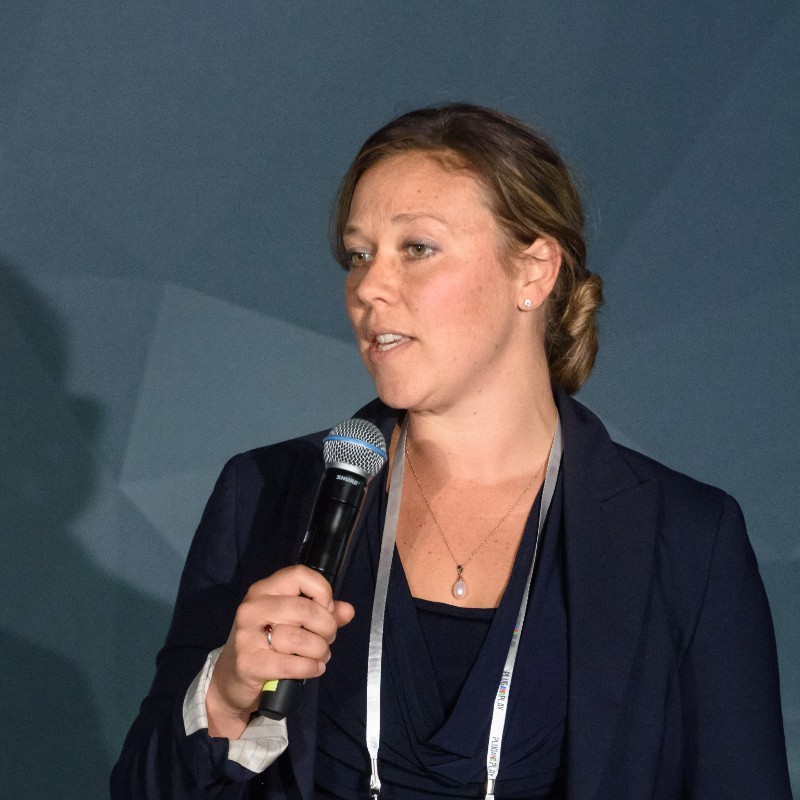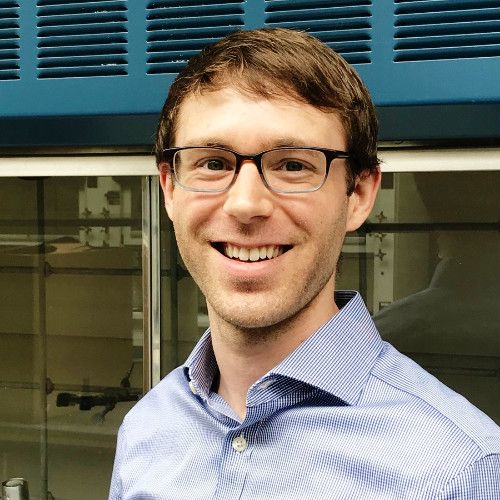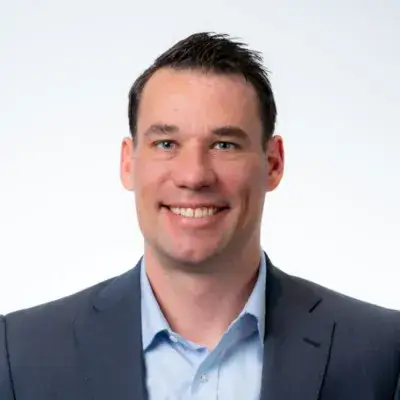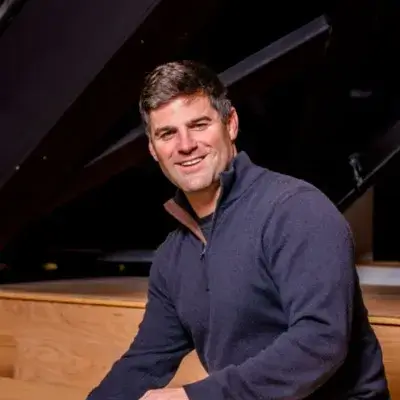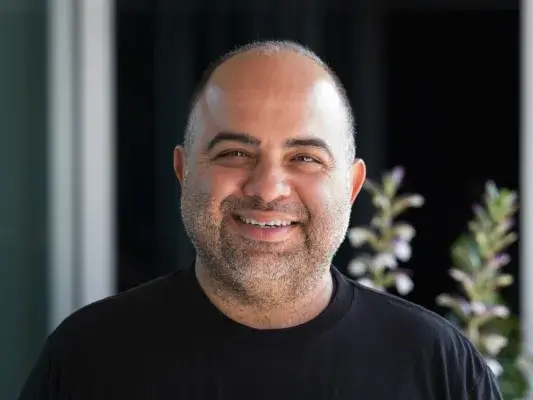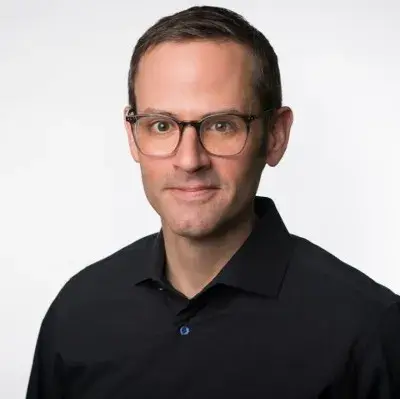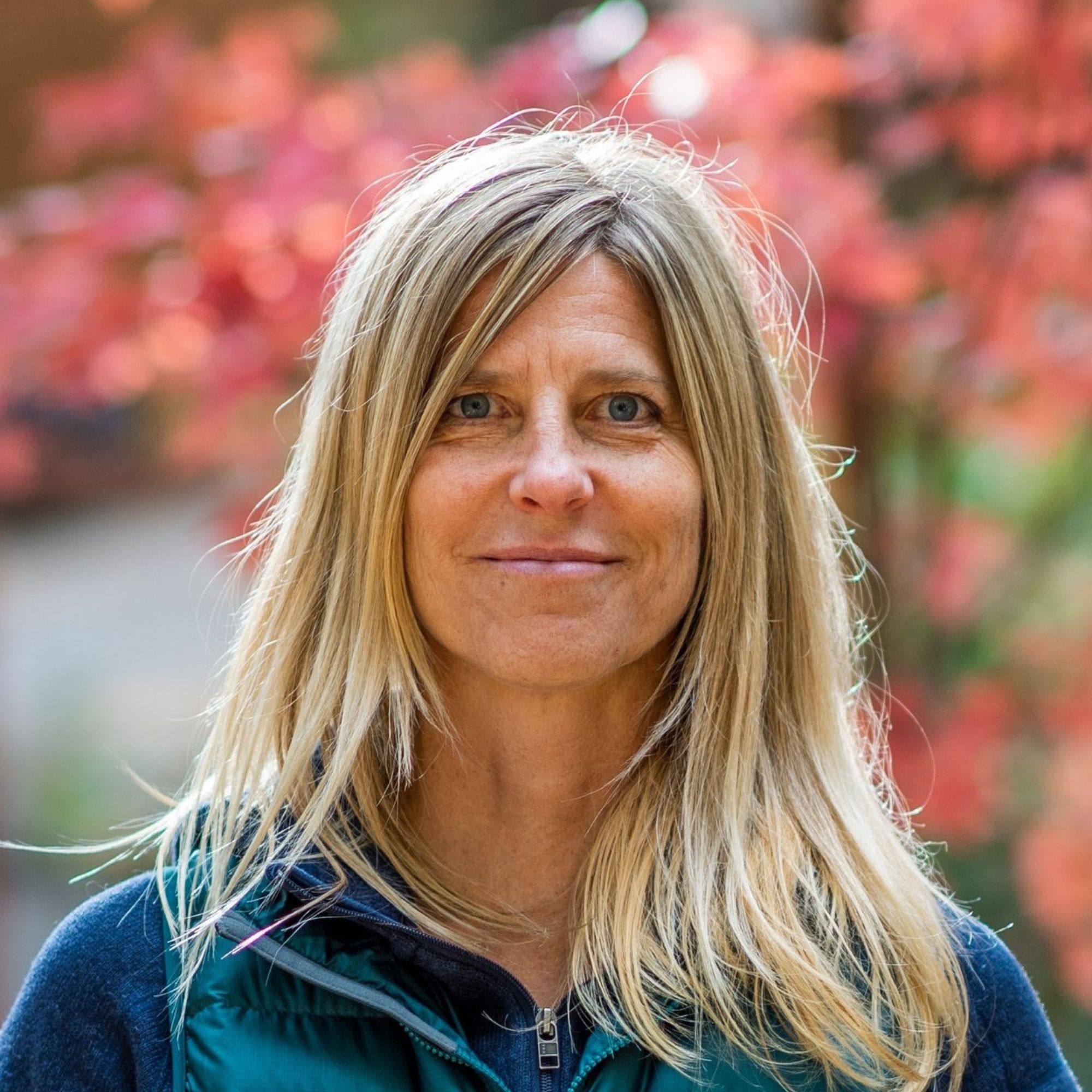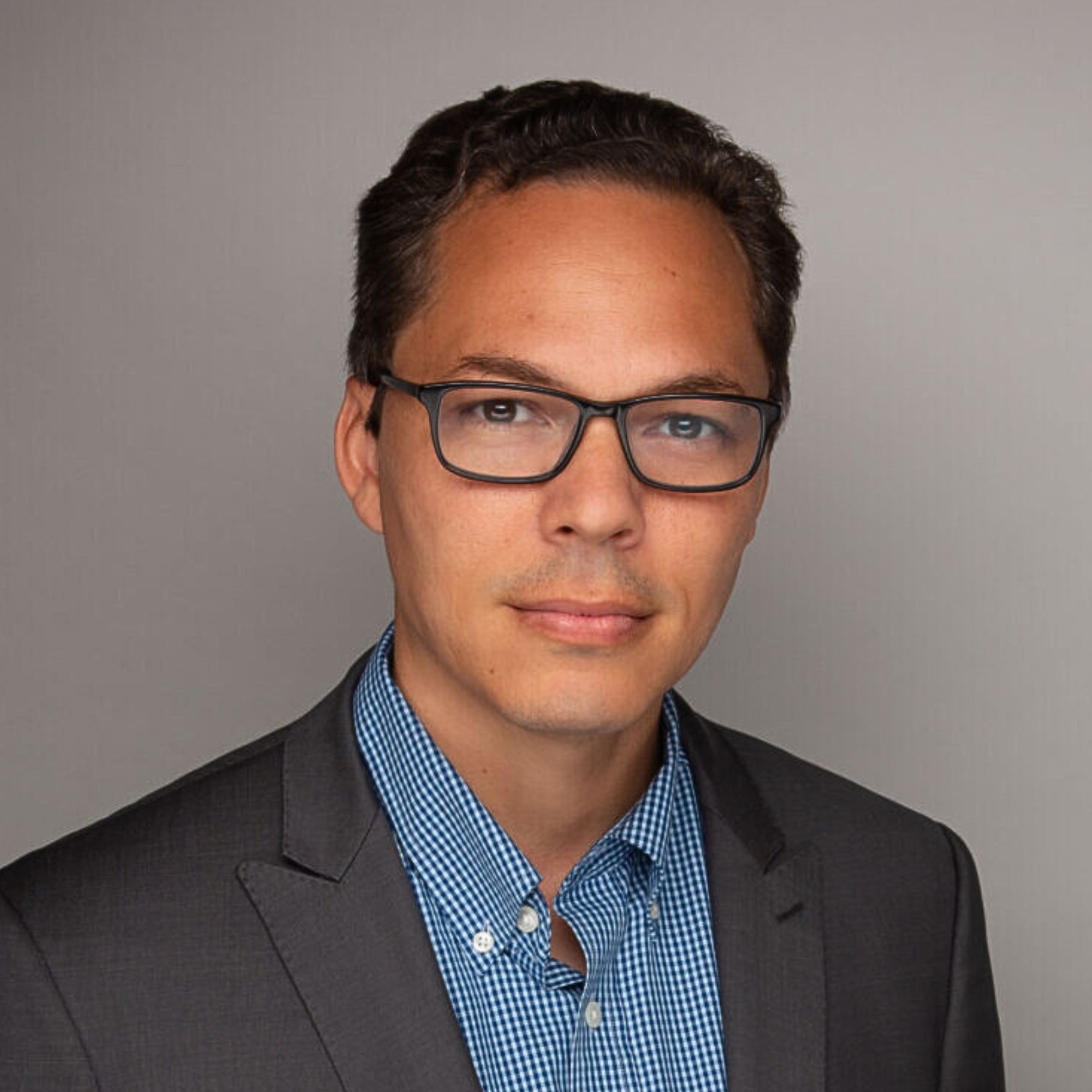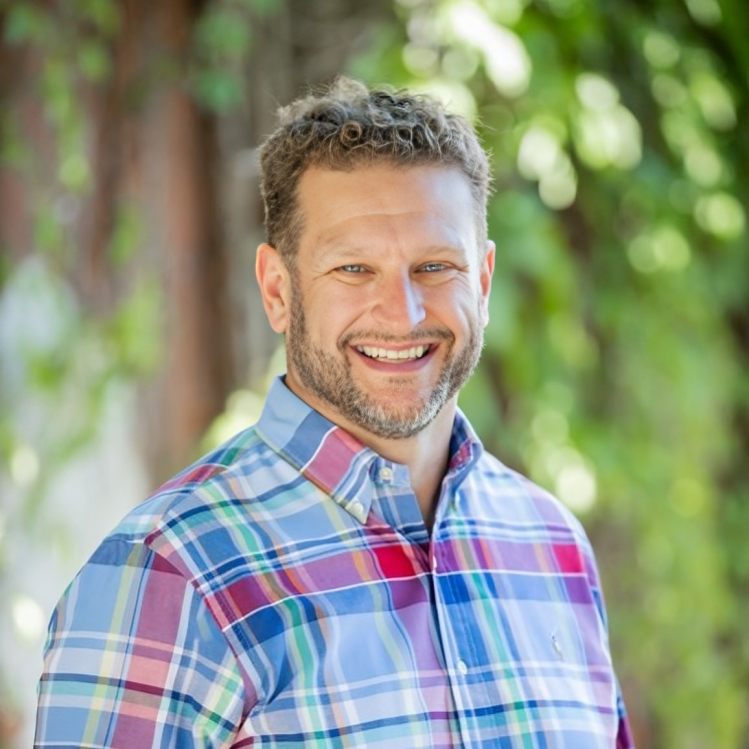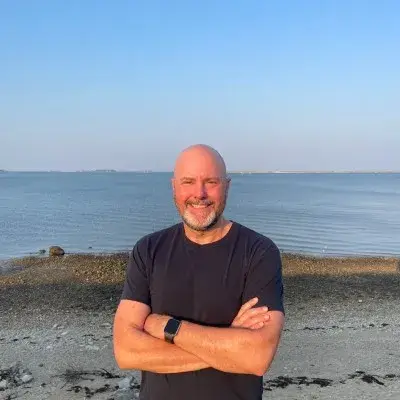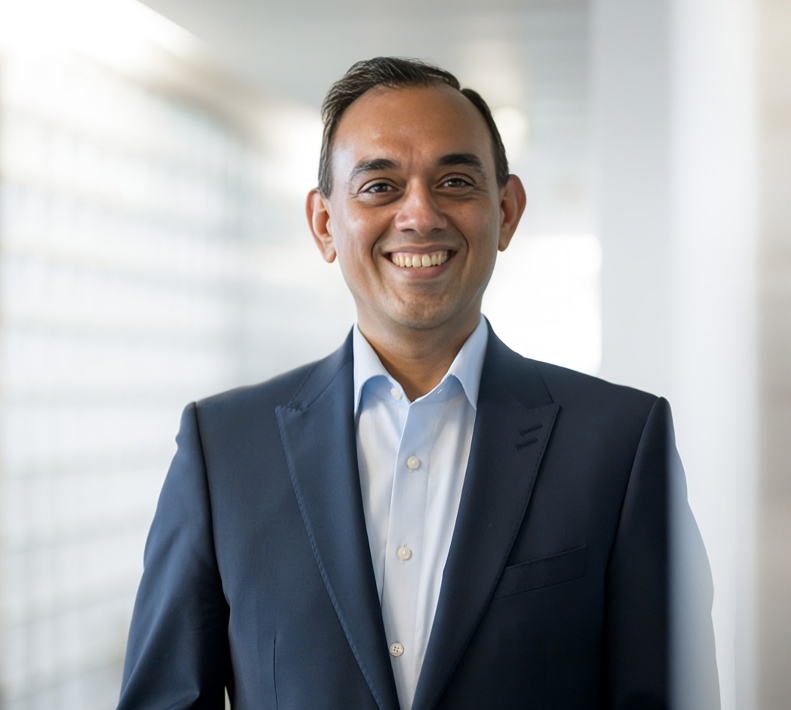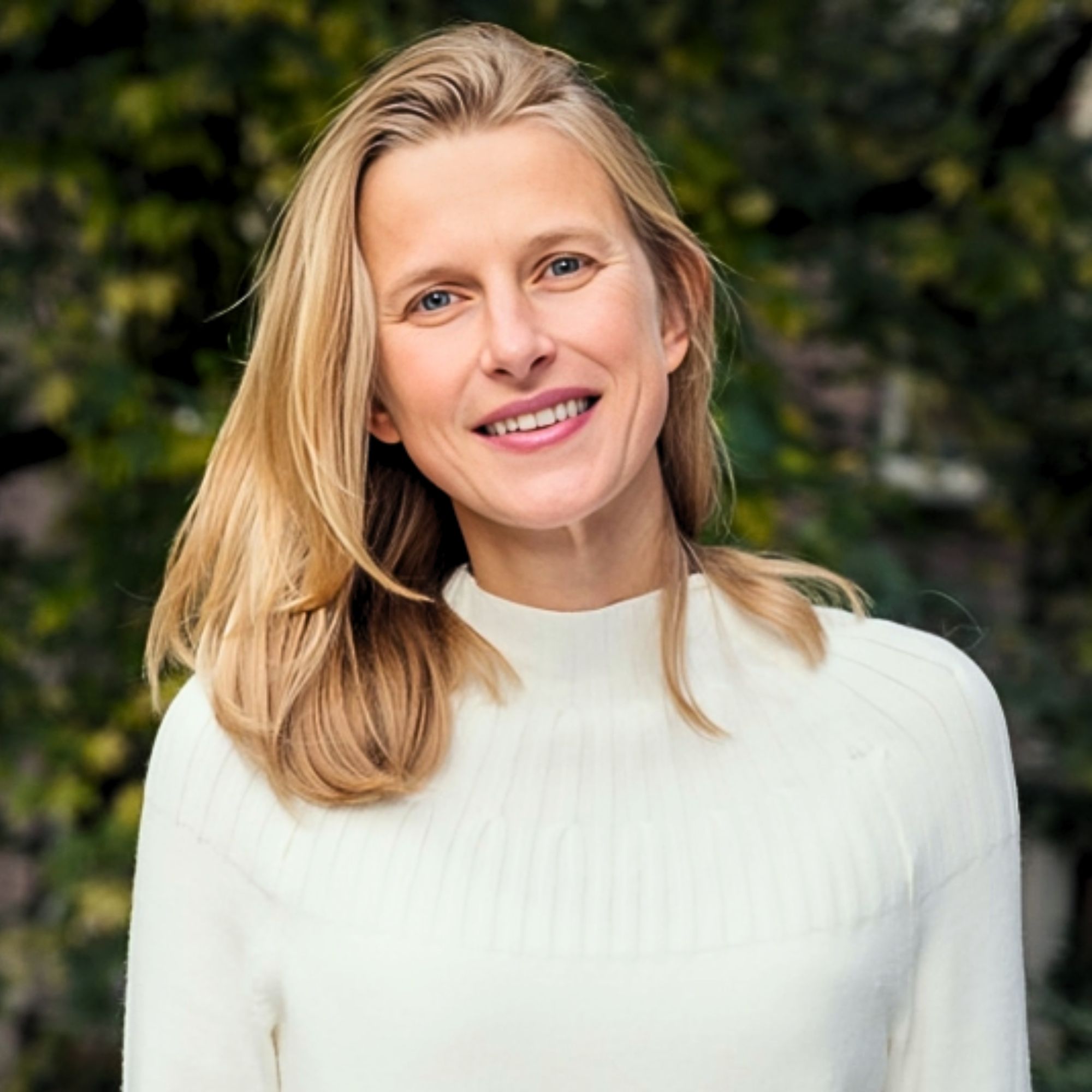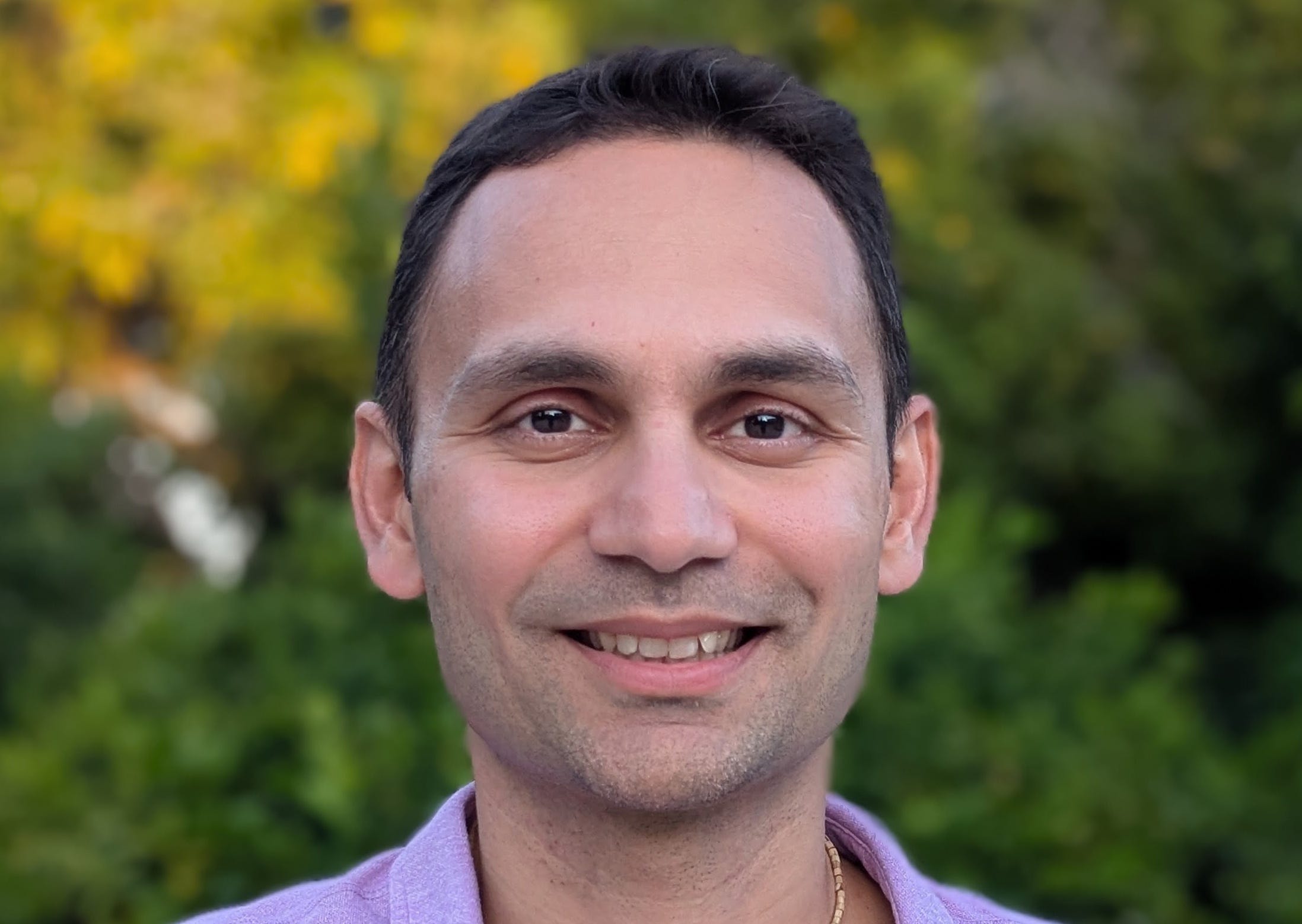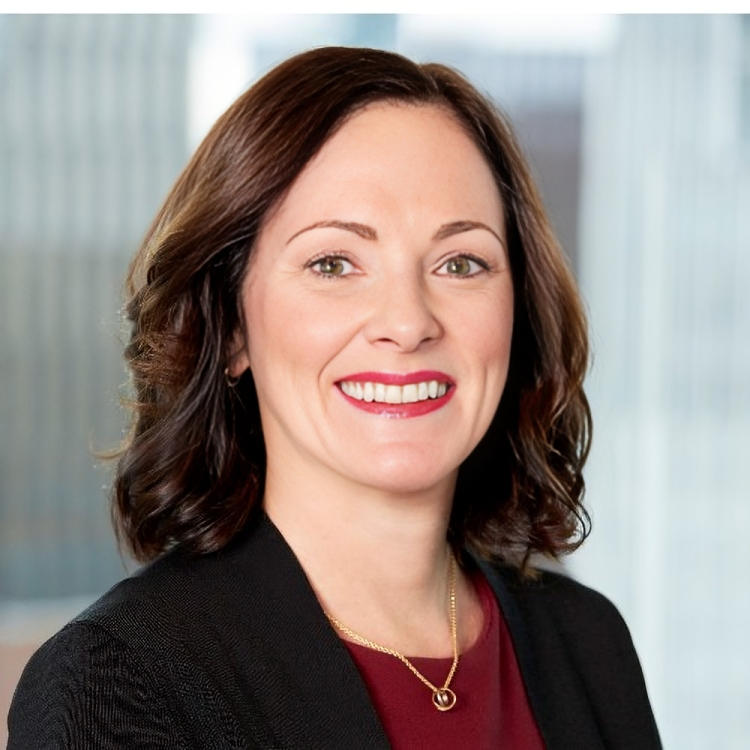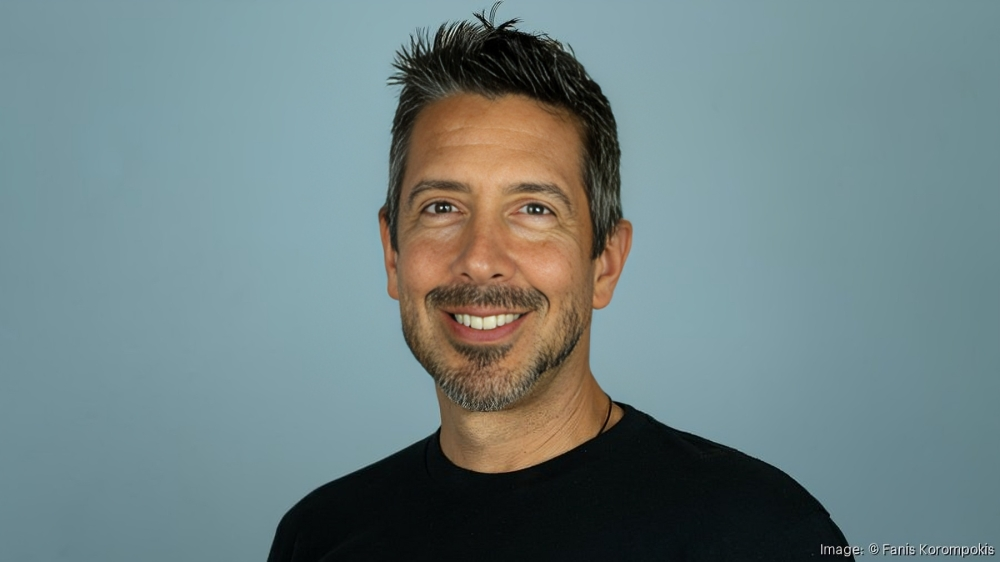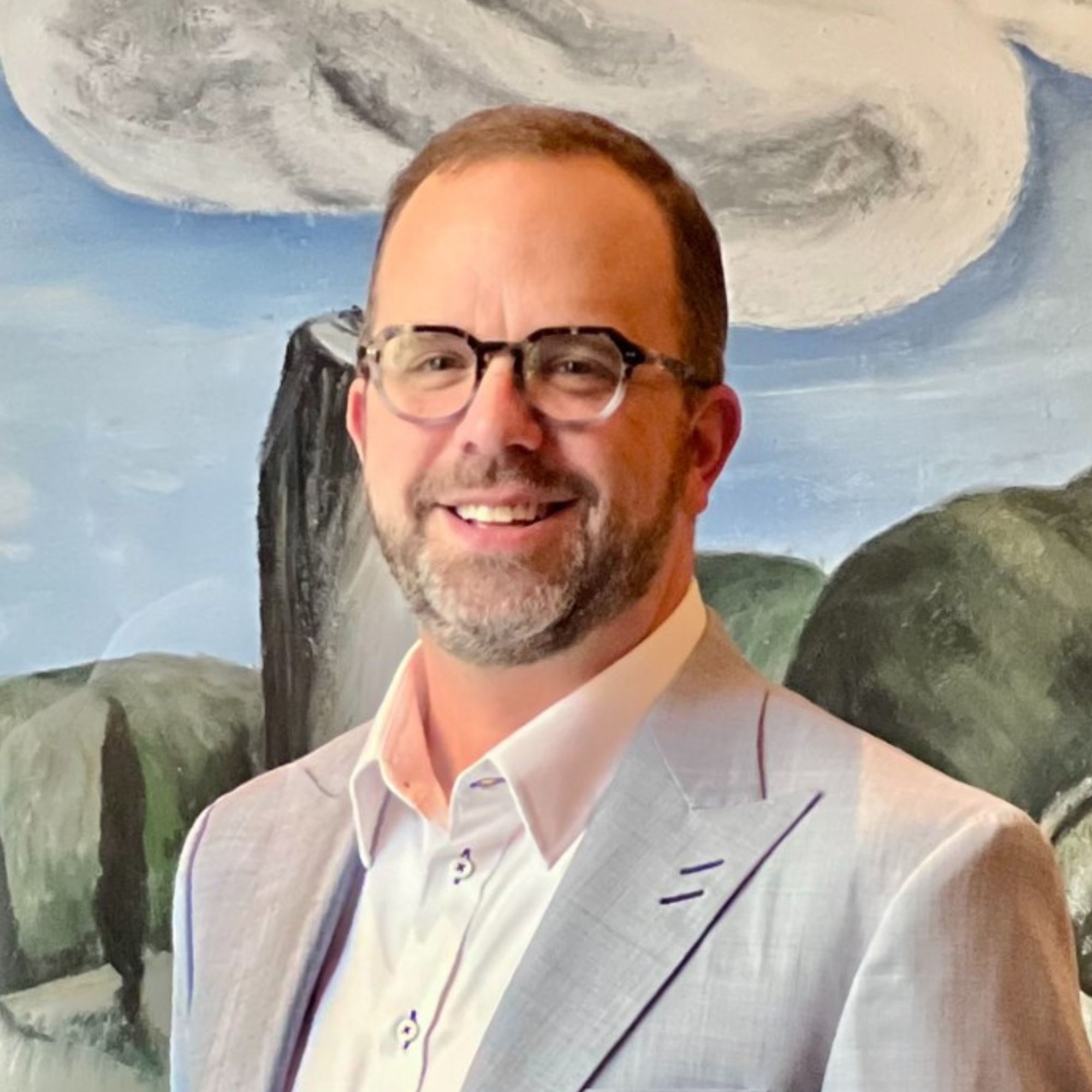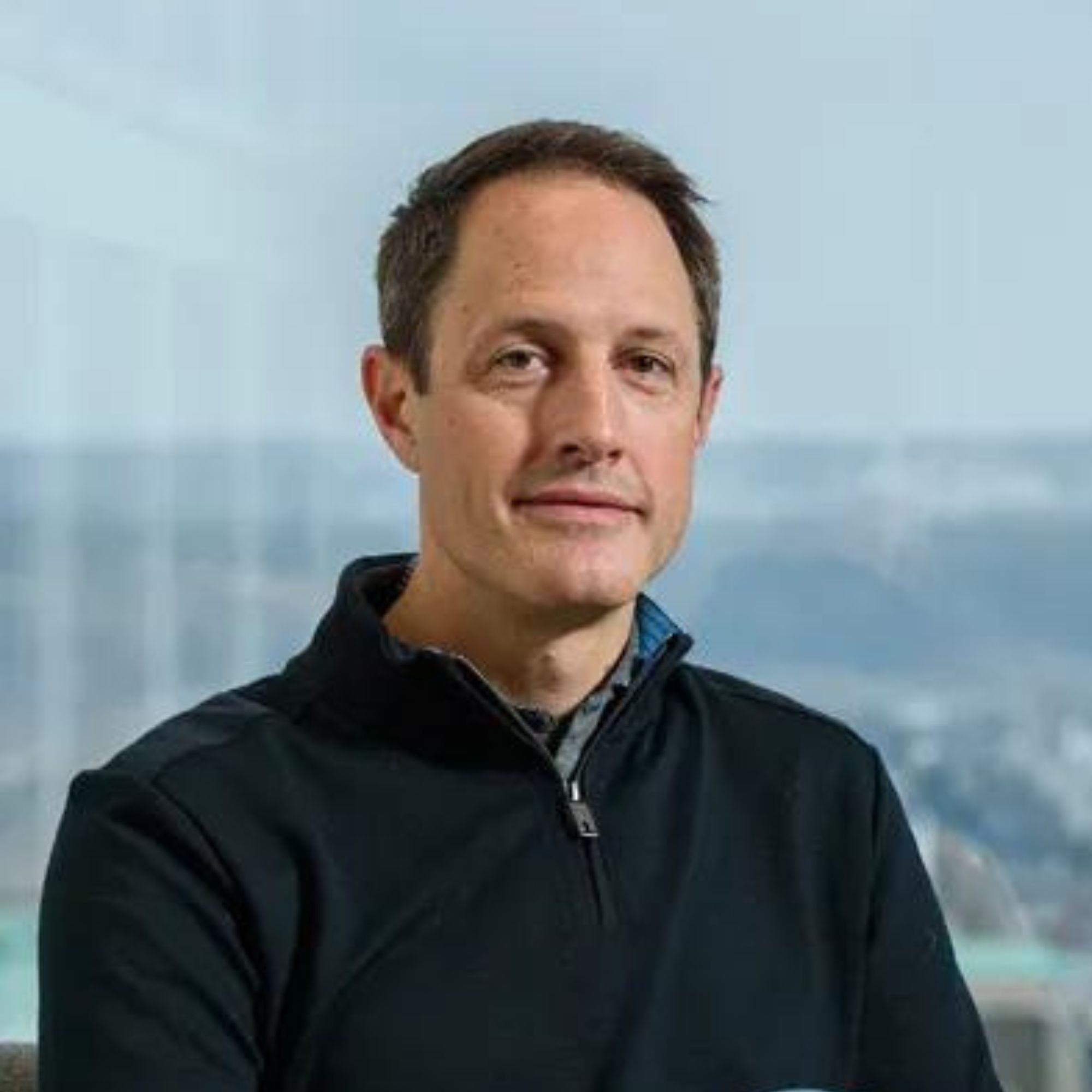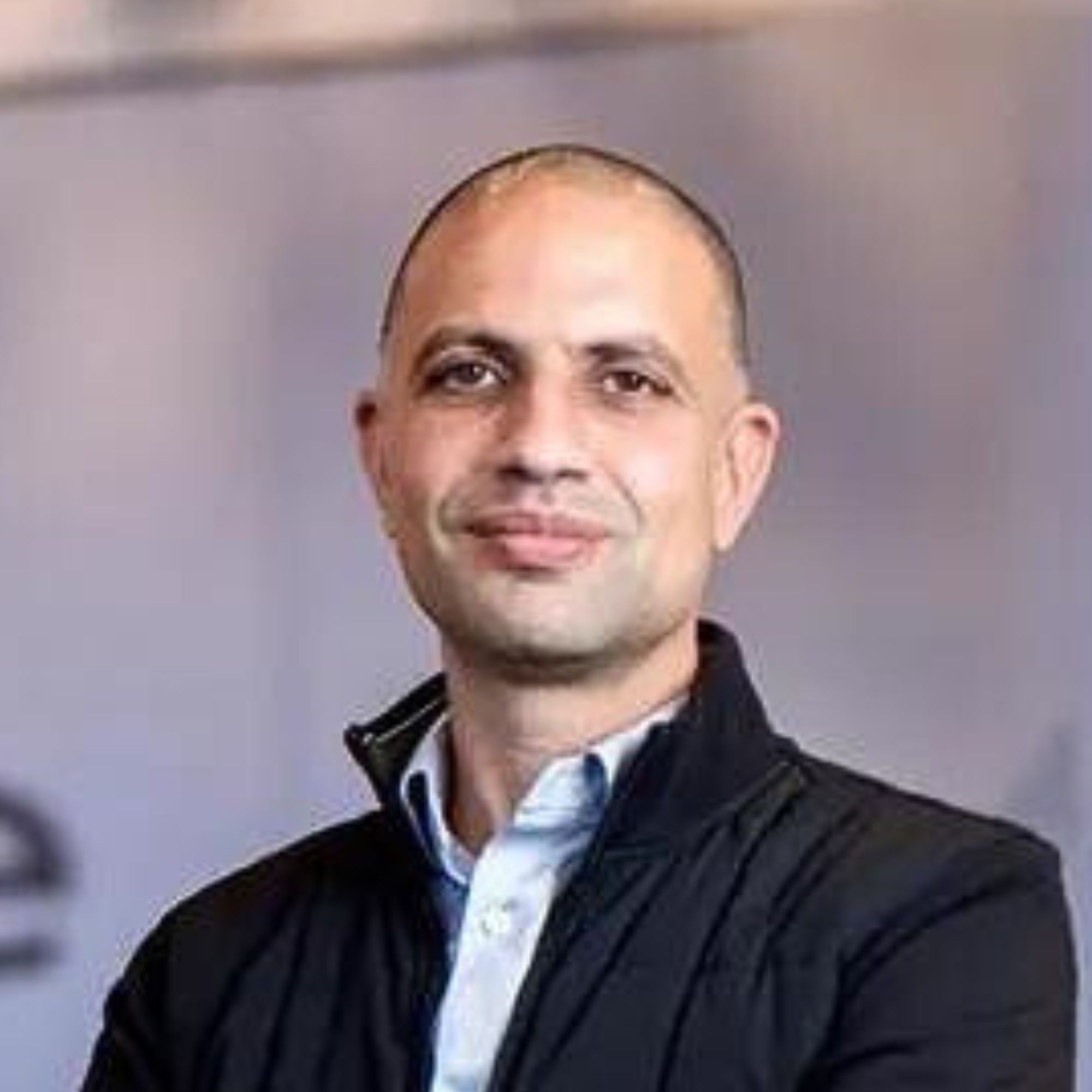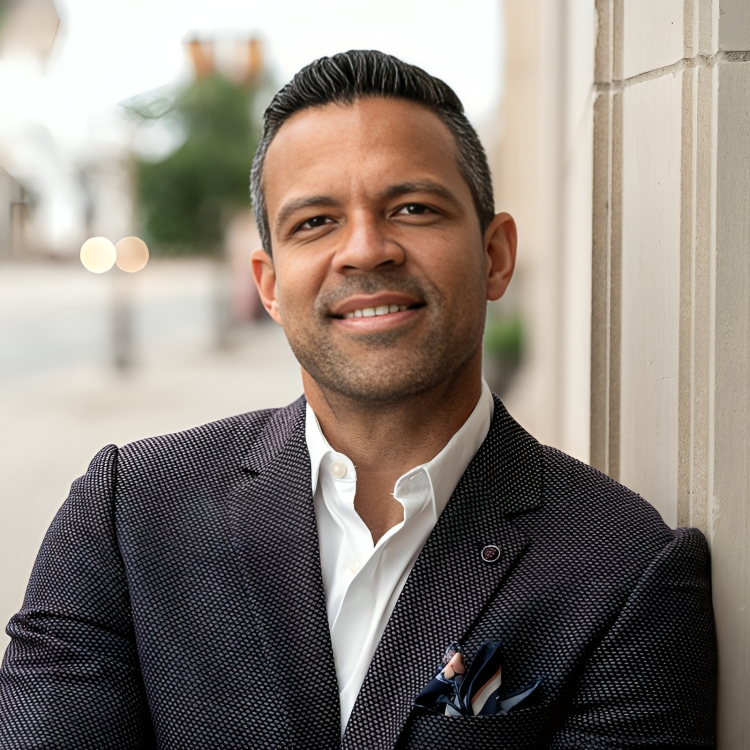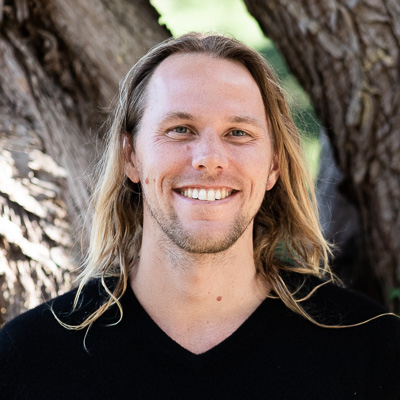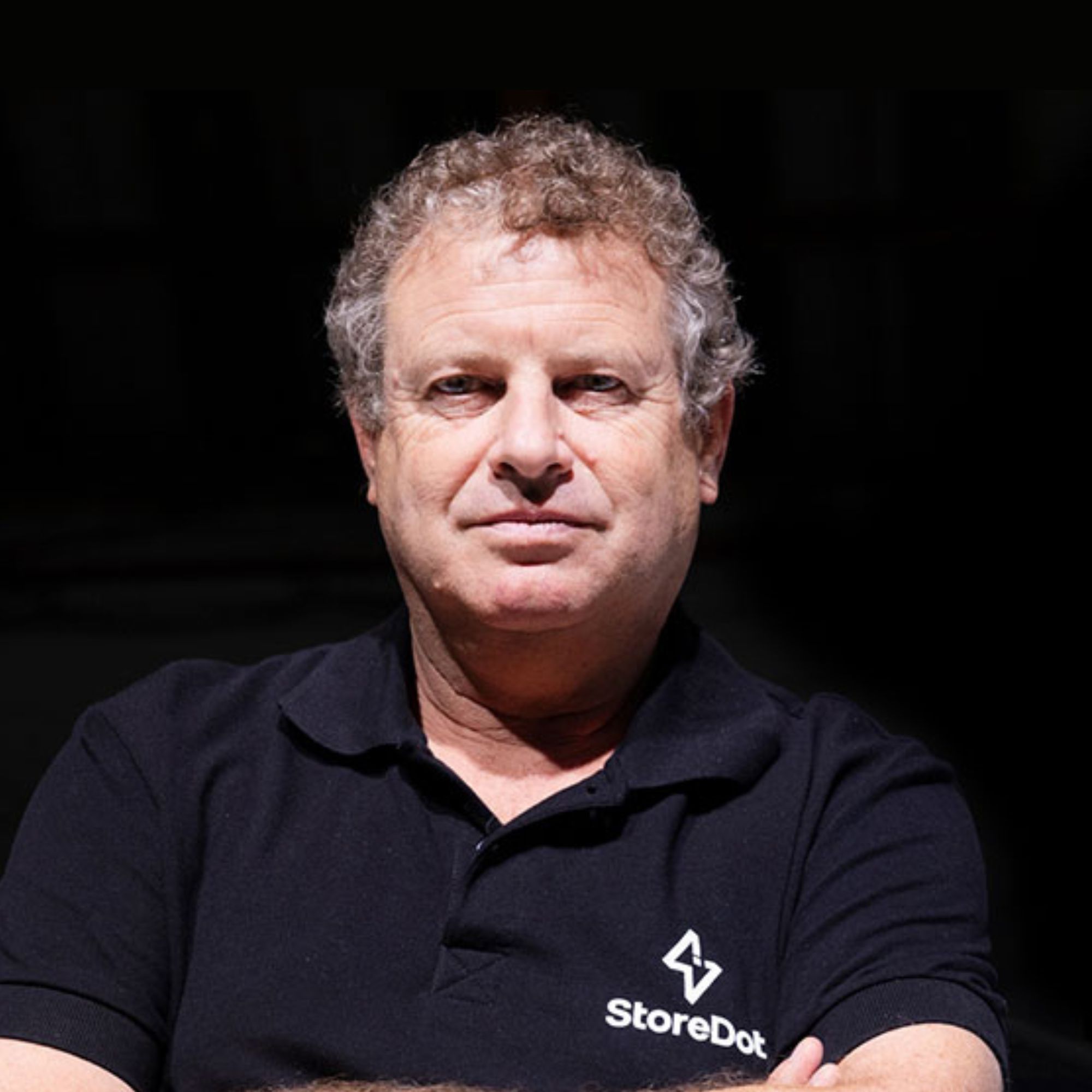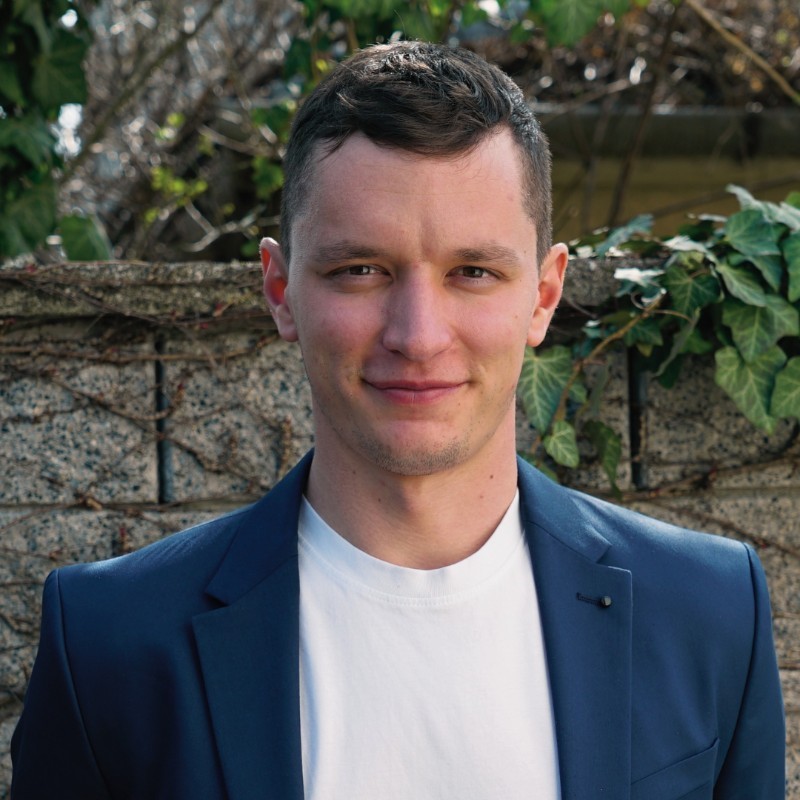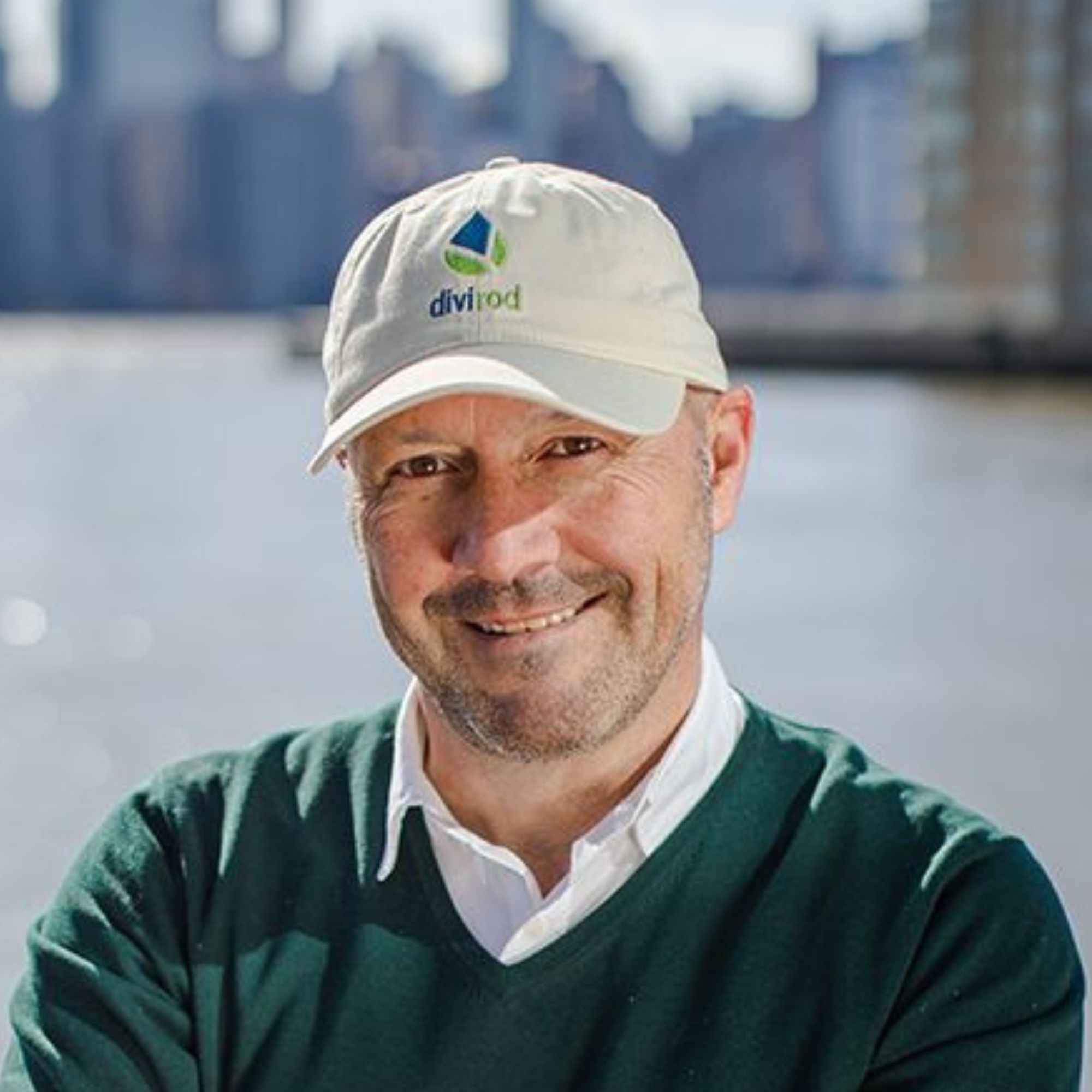Ready to build your own Founder-Led Growth engine? Book a Strategy Call
Frontlines.io | Where B2B Founders Talk GTM.
Strategic Communications Advisory For Visionary Founders
Actionable
Takeaways
Pivot When Your Business Model Shows Structural Flaws:
Kathy recognized fundamental challenges in their direct-to-consumer retrofit approach that threatened long-term viability. Rather than forcing a flawed model, they pivoted to a B2B strategy targeting homebuilders, which cut installation costs by more than 50% while enabling greater scalability. Kathy explained, "The business model we had in the past, it was flawed... I was pretty anxious about what the future looked like in that business model. Whereas in this home builder business, it just really addresses many of the weaknesses of our old business model."
Borrow Go-To-Market Strategies from Adjacent Industries:
Dandelion's initial success came from applying solar industry financing models to geothermal, making expensive systems affordable through zero-money-down financing. Kathy shared, "We really just stood on the shoulders of the solar industry... it allowed us to offer a zero money down product which was also half of our customers used." By adapting proven strategies from adjacent sectors, B2B founders can accelerate adoption of new technologies.
Adapt Marketing Strategies to Current Realities:
Kathy initially received advice from solar industry veterans suggesting community events and farmer's markets for customer acquisition. While applying this advice, she quickly discovered digital ads were far more cost-effective. As she noted, "In retrospect, I realized the solar industry kind of came of age before digital ads were such a big deal. And so all the advice I had gotten was a little bit out of date." B2B founders should consider the context and timing when applying historical industry advice.
Address Technology Limitations That Constrain Market Size:
When Dandelion discovered that standard water well drilling rigs were too large for many residential properties, they developed smaller specialized equipment that instantly doubled their addressable market. Kathy recalled, "For half the homeowners that said yes to us, yes, I want to buy geothermal from you, we had to say actually nevermind, because your house cannot accommodate a giant water well rig on the yard." Identifying and solving technical barriers that limit adoption can dramatically expand market reach.
Leverage Mission-Driven Status for Marketing Advantages:
Dandelion's environmental mission generated media coverage and public interest that traditional HVAC companies couldn't access. Kathy observed, "Starting a company that is mission driven like Dandelion has been a big advantage because we get a fair amount of press coverage and people are inherently somewhat interested in the thing that we're doing." B2B founders working on solutions with broader positive impacts should leverage this narrative advantage in their marketing strategy.
Conversation
Highlights
From Google X to Geothermal Revolution: How Dandelion Energy is Democratizing Clean Home Heating
The path from moonshot idea to viable business is rarely straightforward. It often involves unexpected pivots, counterintuitive business model shifts, and the courage to abandon strategies that aren’t working—even after years of investment.
In a recent episode of Category Visionaries, Kathy Hannun, Founder and CTO of Dandelion Energy, revealed how she transformed geothermal heating and cooling from a luxury few could afford into a mainstream solution that’s raised $175 million in funding.
The Moonshot Factory Mindset
Hannun’s journey began at Google X, the secretive innovation lab where she started as “a very junior level marketer” at a time when Google X was so confidential that her “friends made fun of me and said my job wasn’t real because how do you market a totally confidential organization?”
This unusual environment proved to be the perfect training ground for evaluating potentially world-changing ideas. Working on projects like Project Loon (Google’s balloon internet initiative) and Google Glass gave her insight into how to assess which innovations might actually succeed in the real world.
“I learned that I really preferred product work to marketing work,” Kathy explains. “And I wound up sort of starting my own investigation, as we called the very beginning process of looking into one of these ideas on creating carbon neutral fuel.”
That first project ultimately didn’t move forward—it required “billions of dollars of investment” and would be “selling against oil, which is like such a commodity.” The economics simply wouldn’t work. But this experience primed her to recognize a very different kind of opportunity when she encountered geothermal heat pumps.
Spotting the Geothermal Opportunity
Unlike carbon-neutral fuel, geothermal technology had existed for decades. The problem wasn’t that it needed to be invented—it needed to be commercialized differently.
“Geothermal, the technology’s existed for a long time. It just hasn’t really been productized in the United States in a way that makes it’s been a luxury niche product,” Kathy notes. “You didn’t really need billions of dollars to get started on exploring how to make geothermal more of a mainstream product. It just needed to be brought to market.”
When Google decided geothermal wasn’t the right fit for them, Kathy couldn’t let the idea go. She spun out Dandelion with just one co-founder and zero initial funding. The early days involved a steep learning curve in every dimension.
“The first six months, the first part of it was just we needed to raise money,” Kathy recalls. “I had never done that before. So that was a steep learning curve like it is for every first time founder, I would imagine.”
The First Big Challenge: Market Validation
After successfully raising seed funding, Dandelion faced their first major question from investors: would homeowners actually want geothermal heating and cooling?
To find out, Kathy took a radical approach. She moved her family, including her two-month-old daughter, from Palo Alto to New York and set out to sell geothermal systems to homeowners.
“I literally was going to farmer’s market, standing outside of coffee shops, like walking up to people and trying to figure out how to sell geothermal. And I’d never even sold anything,” she admits.
This grassroots approach led to a key insight: homeowners using fuel oil would pay far more annually for fuel than they would for a geothermal system with zero upfront cost through financing. The pitch was compelling—switch to a cleaner, more modern system, and actually save money each month.
The Hidden Structural Problems
As Dandelion grew, they encountered three critical challenges that would eventually force a complete rethinking of their business model:
Technical limitations: “For half the homeowners that said yes to us, yes, I want to buy geothermal from you, we had to say actually nevermind, because your house cannot accommodate a giant water well rig on the yard.” Standard drilling equipment was simply too large for many residential properties.
Financing barriers: Most companies that provided financing for solar installations weren’t willing to extend the same terms to geothermal. “Everyone said no. Except for Enerbank was the only company that said yes, but you only need one.”
Demand fluctuations: “We would put a lot of effort into demand generation. But then it was actually very hard to fulfill. Like to get enough drills to get enough installers… And that resulted in long customer backlogs and wait times, which were not good. But then on the flip side, when we hit patches where demand slowed more quickly than we expected, now you have all this excess capacity and you’re losing money.”
The Pivot to Homebuilders
After struggling with these challenges for six years, Kathy made the difficult decision to completely shift Dandelion’s business model.
“The business model we had in the past, it was flawed,” Kathy acknowledges. “It’s very hard to scale a direct to consumer retrofit H-Vac business that’s as complex as you have with geothermal heat pumps. And interest rates have risen, so financing is more expensive. It’s just I was like, pretty anxious about what the future looked like in that business model.”
The solution? Shift from consumer retrofits to partnering with homebuilders. This approach solved several problems simultaneously:
“When you sell to homebuilders, you have a lot of advantages. One, you’re selling dozens to hundreds to thousands of homes at once. And there’s so many economies of scale that you get,” Kathy explains. “Those homes haven’t been built yet. So you can like install the ground loops in a bare patch of land with no buried utilities and no gardens to avoid. It’s just like way easier and therefore cheaper.”
The results were dramatic: “The cost per home is less than half in the new build scenario because it’s just so much more cost effective to install it when the home is being built.”
A New Go-To-Market Approach
Selling to homebuilders required a completely different marketing strategy than selling to consumers.
“The builder community is not that large, especially when you’re looking at a specific region,” Kathy notes. Instead of Facebook ads and farmer’s markets, Dandelion now focuses on “homebuilder expos” and industry networking. “We try to network by using our existing customers to reference us and introduce us to other homebuilders.”
This B2B approach is “much more targeted and sort of high touch” than consumer marketing, exactly what you’d expect for enterprise sales.
Building a Distinctive Brand
Dandelion’s name and branding also reflect careful thought about positioning in a traditional industry. Working with a professional namer at Google, Kathy learned that names typically fall into three categories: literal (like “Kathy and James’s Heating and Cooling Company”), fantastical (like “Google”), or metaphorical (like “Apple”).
They chose Dandelion, a metaphorical name that felt “very residential” and evoked change with the seasons. Kathy initially worried it might be “too feminine or too childish,” but learned an important lesson: “It’s not about the word, it’s about the whole brand.”
For their website and marketing materials, Dandelion strikes a careful balance between their identity as both a technology company and a construction company. “We want to be true to both parts of our identity… We wanted to feature the real world work that goes into putting geothermal in the ground and into buildings.”
The Future Vision
Looking ahead three to five years, Kathy envisions Dandelion working with “most of the top 10 US homebuilders” and having installed “tens of thousands of homes.”
The ultimate goal is to make geothermal a standard consideration for new developments: “Homebuilders will start to think of geothermal as one of the options that they typically evaluate when they’re coming up with a new development.”
As Kathy puts it, “I think if it’s just on the menu, it’ll be chosen more often than not, but our task is to get it on the menu.”
For B2B founders, Dandelion’s journey holds valuable lessons about recognizing when your business model is fundamentally flawed—even after years of investment—and having the courage to pivot to an approach that better aligns with market realities.
Sometimes the product is right, but the go-to-market strategy is what needs to change. As Dandelion demonstrates, that kind of strategic flexibility can transform a struggling business into one with dramatically better unit economics and growth potential.











